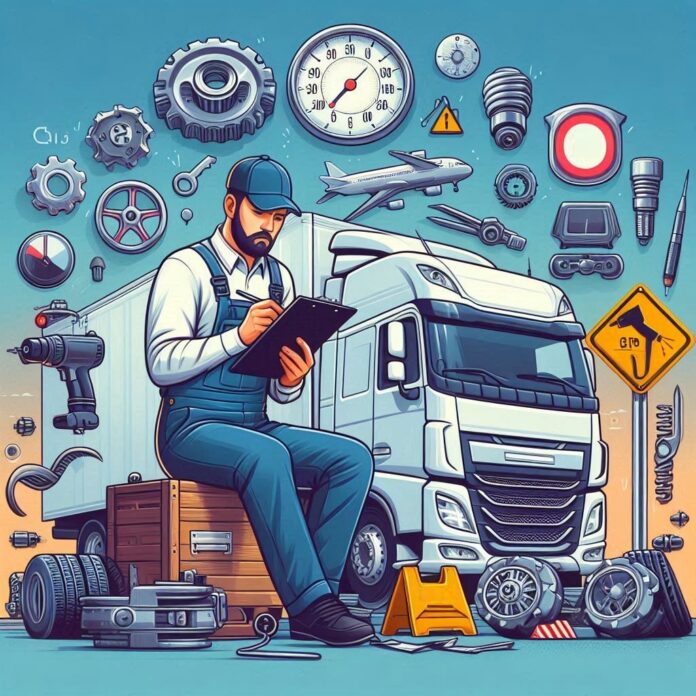Introduction
Safety is paramount in the trucking industry, and thorough vehicle inspections are a critical component of ensuring safe operations. As a CDL driver, conducting regular and comprehensive vehicle inspections can prevent accidents, reduce downtime, and ensure compliance with federal regulations. This article provides essential vehicle inspection tips to help you maintain safety on the road.
Pre-Trip Inspections
A pre-trip inspection is conducted before starting your journey to ensure your vehicle is in proper working condition. Key areas to inspect include:
- Brakes: Check for adequate brake pressure and ensure there are no leaks.
- Lights and Signals: Verify that all lights, indicators, and reflectors are functioning correctly.
- Tires: Inspect tires for proper inflation, tread depth, and any signs of damage.
- Steering and Suspension: Check for any looseness, wear, or damage in the steering and suspension systems.
- Fluid Levels: Ensure that all fluid levels, including engine oil, coolant, and windshield washer fluid, are at appropriate levels.
Enroute Inspections
During your trip, it’s essential to conduct periodic enroute inspections to identify any issues that may arise. These inspections typically involve checking the brakes, tires, and lights during rest stops or whenever you pull over. Stay alert to any unusual sounds or handling issues that could indicate a problem.
Post-Trip Inspections
After completing your trip, a post-trip inspection is necessary to identify any issues that need to be addressed before the next journey. This inspection should be as thorough as the pre-trip inspection and include checking for any damage or wear that may have occurred during the trip.
Documentation
Accurate documentation of all inspections is crucial for compliance with federal regulations. Keep detailed records of your pre-trip, enroute, and post-trip inspections, noting any issues found and the corrective actions taken. This documentation not only ensures compliance but also helps maintain a history of your vehicle’s condition.
Utilizing Technology
Modern technology can assist in conducting and documenting vehicle inspections. Telematics systems, mobile apps, and electronic logging devices (ELDs) can streamline the inspection process and provide real-time data on vehicle performance. Utilizing these tools can enhance accuracy and efficiency in your inspections.
Training and Continuous Improvement
Proper training on vehicle inspection procedures is essential for ensuring thorough and effective inspections. Enroll in training programs, such as those offered by CDL Expert, to stay updated on best practices and regulatory requirements. Continuous improvement and staying informed about new technologies and techniques can enhance your inspection skills.
Conclusion
Conducting regular and thorough vehicle inspections is vital for maintaining safety on the road. By performing pre-trip, enroute, and post-trip inspections, documenting your findings, and utilizing technology, you can ensure your vehicle is in top condition. For more information on vehicle inspection training and best practices, visit CDL Expert.







